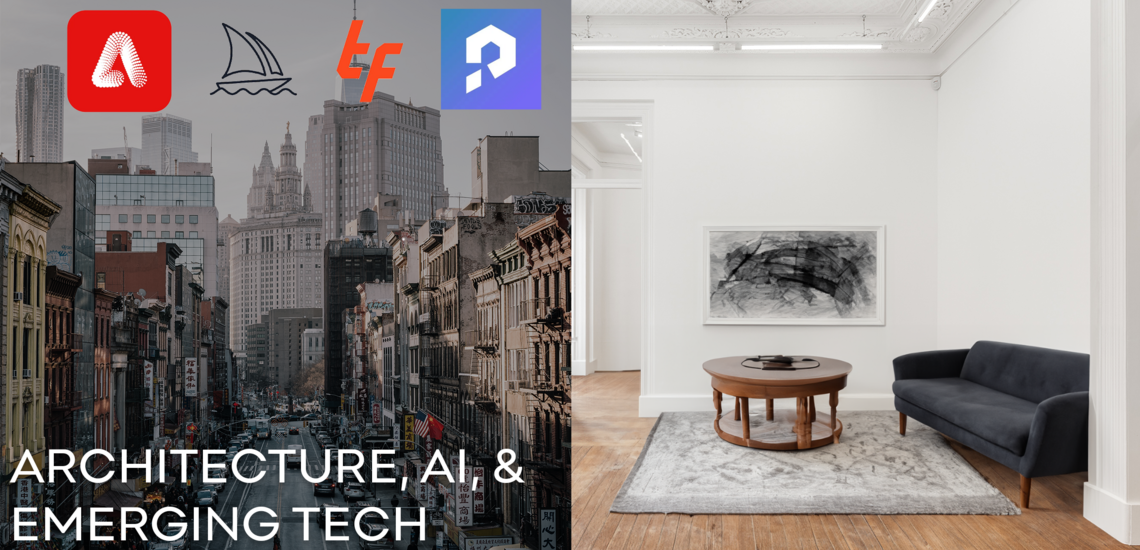The integration of AI is poised to revolutionise the architectural and design industries, offering both opportunities and challenges for professionals. While AI has the potential to augment human creativity and decision-making processes, it cannot entirely replace the nuanced understanding and intuition of architects—at least not yet. Instead, AI serves as a powerful tool to complement and enhance the capabilities of human designers.
One notable advancement is the emergence of tools like Midjourney, which leverages AI to generate high-quality images from natural language descriptions, or prompts. At TWA, we have embraced Midjourney as a means to accelerate our brainstorming process, exploring formal possibilities, material selections, and the overall ambiance of a space. The tool's parameters, such as aspect ratios and stylization options, enable users to refine their vision rapidly. Besides Midjourney, we have also used Adobe’s FireFly AI to quickly create custom content, as well as add, remove, or replace any part of a visual content.
Adobe Firefly Demonstration, by TWA
However, it's crucial to recognize the limitations of AI-generated designs. While AI can produce visually compelling outputs, it lacks the nuanced understanding of real-world constraints and the nonlinear creative processes inherent in architecture and design. Suggestions made by AI may not always be feasible or practical within the context of a project.
Simultaneously, technological advancements are reshaping the architecture, engineering, and construction (AEC) industry. Data-driven design methodologies enable buildings to be optimised based on user needs and contextual factors, leading to more efficient and sustainable outcomes.
A notable trend in the industry is the rise of ventures focused on streamlining the construction process, such as Blockable and Wikihouse, along with platforms like TestFit and Hypar, which facilitate rapid iterations and optimise site planning through AI-driven algorithms. These tools empower architects and developers to maximise site potential and expedite decision-making processes.
Luxora are employed to assist potential homebuyers in their search. Despite concerns about job displacement, the integration of AI in real estate is seen as complementary to human expertise, rather than a replacement.
The integration of AI represents an inevitable evolution in architecture and design. Rather than resisting change, professionals must embrace AI as a catalyst for innovation, adapting their skills to leverage its potential while retaining the human touch that defines their craft. At TWA, we are actively striving to harness the potential of these tools to enhance our design process and deliver innovative solutions that prioritise efficiency, sustainability, and human-centric design principles. By bridging the gap between AI’s technical strengths and the architect’s creative vision, we can usher in a new era of creativity and excellence in architectural design.
